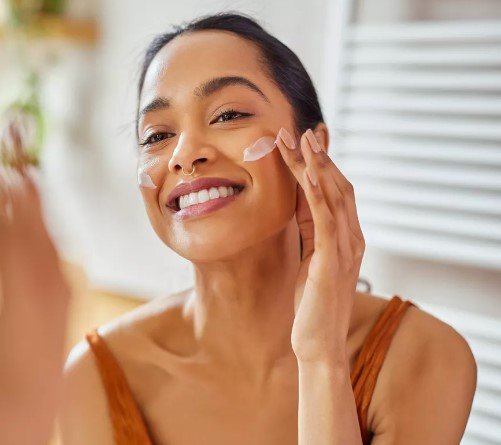The Rise of Skincare in Men's Self-Care: Trends, Ingredients, and Statistics
Summary
- Men are increasingly incorporating skincare into their daily self-care routines.
- Common skincare ingredients used by men include hyaluronic acid, vitamin C, and salicylic acid.
- Survey reports and statistics indicate a growing trend of men investing in Skincare Products and routines.
The Rise of Skincare in Men's Self-Care
In recent years, there has been a noticeable shift in societal attitudes towards skincare among men. Traditionally seen as a predominantly female domain, skincare is now being embraced by men as an essential component of their self-care routines. This change can be attributed to a variety of factors, including changing societal norms, increased awareness of skincare benefits, and the influence of social media and popular culture.
Common Skincare Ingredients for Men
When it comes to skincare, men are gravitating towards products that contain certain key ingredients known for their effectiveness in addressing various skin concerns. Some of the most commonly utilized skincare ingredients among men include:
- Hyaluronic Acid: Known for its hydrating properties, hyaluronic acid is a popular ingredient in men's Skincare Products. It helps to retain moisture in the skin, keeping it plump and well-hydrated.
- Vitamin C: Vitamin C is prized for its antioxidant properties and ability to brighten the skin. Men are increasingly turning to vitamin C-infused products to improve skin tone and combat signs of aging.
- Salicylic Acid: Commonly found in products targeting acne-prone skin, salicylic acid helps to unclog pores and reduce inflammation. Men dealing with acne or breakouts often incorporate salicylic acid into their skincare routines.
Statistical Data Supporting the Trend
Survey reports and statistics provide concrete evidence of the growing trend of men investing in Skincare Products and routines. According to a report by Statista, the global men's grooming market is projected to reach a value of $166 billion by 2022, with Skincare Products making up a significant portion of this market.
Another survey conducted by Mintel revealed that 58% of men ages 18-34 use some form of facial skincare product, indicating a strong interest in skincare among younger men. Additionally, the same survey found that 51% of men ages 55 and older also use Skincare Products, dispelling the myth that skincare is solely a concern for younger generations.
These statistics underscore the fact that skincare is an important aspect of self-care for men of all ages. As more men recognize the benefits of taking care of their skin, the skincare industry continues to evolve to meet their needs and preferences.
In conclusion, the trend of men incorporating skincare into their everyday self-care routines is supported by survey reports and statistical data. With a growing variety of Skincare Products tailored specifically for men, it is clear that skincare is no longer just a beauty industry staple but an essential component of overall wellness and self-care.

Disclaimer: The content provided on this blog is for informational purposes only, reflecting the personal opinions and insights of the author(s) on the topics. The information provided should not be used for diagnosing or treating a health problem or disease, and those seeking personal medical advice should consult with a licensed physician. Always seek the advice of your doctor or other qualified health provider regarding a medical condition. Never disregard professional medical advice or delay in seeking it because of something you have read on this website. If you think you may have a medical emergency, call 911 or go to the nearest emergency room immediately. No physician-patient relationship is created by this web site or its use. No contributors to this web site make any representations, express or implied, with respect to the information provided herein or to its use. While we strive to share accurate and up-to-date information, we cannot guarantee the completeness, reliability, or accuracy of the content. The blog may also include links to external websites and resources for the convenience of our readers. Please note that linking to other sites does not imply endorsement of their content, practices, or services by us. Readers should use their discretion and judgment while exploring any external links and resources mentioned on this blog. Content in this blog is copyright protected, please do not repost or embed content without prior written permission.